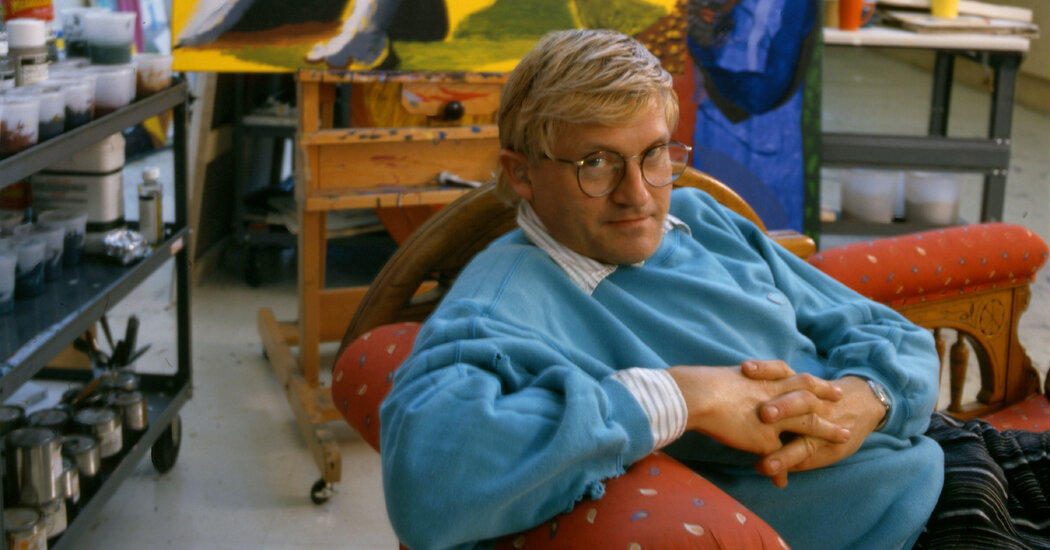Recent Plane Crashes and Aviation Safety Concerns
A recent incident involving a Delta Air Lines aircraft in Canada has heightened concerns about aviation safety. On Monday, at least 18 individuals were injured when the plane flipped upside down upon landing at Toronto’s airport, with three people suffering critical injuries, including a child. This incident adds to a troubling trend of air accidents over the past year, including a catastrophic American Airlines crash in Washington that resulted in the deaths of all 67 passengers and a Jeju Air incident last year in South Korea that claimed 179 lives after a crash landing.
Such shocking events lead many to question the safety of air travel. With the frequency of these incidents, should passengers genuinely be apprehensive about boarding a flight?
Assessing the Safety of Air Travel
Despite the alarming headlines generated by plane crashes, it is important to recognize that flight safety has significantly improved in recent decades. In fact, flying is statistically safer than driving, yet many people do not hesitate to get behind the wheel of a car. In 2024, approximately 280 individuals lost their lives in aviation accidents, a number that pales in comparison to the staggering fatalities occurring on roadways worldwide, where similar numbers can be reached within a mere two hours.
According to the International Air Transport Association, 2023 was a landmark year for aviation safety, marking the safest year to date for the airline industry, with no hull losses or fatal accidents involving passenger jet aircraft. In the UK, road fatalities average five per day, with the Department for Transport reporting 1,695 road deaths in 2023 alone. A Harvard study from 2017 revealed that the odds of dying in a plane crash are approximately one in 11 million, compared to one in 5,000 for car accidents. Furthermore, researchers at the Massachusetts Institute of Technology indicated that the risk of dying in a flight-related incident was one in 13.7 million passenger boardings between 2018 and 2022, showcasing a remarkable improvement from one in 7.9 million between 2008 and 2017, and one in 350,000 from 1968 to 1977.
Perception vs. Reality: The Illusion of Rising Crashes

Several psychological factors contribute to the perception that plane crashes are becoming more frequent, even though data suggests otherwise. One of the most notable is confirmation bias, the human tendency to focus on information that aligns with pre-existing beliefs. Consequently, when unusual flight accidents dominate the news cycle, individuals may cling to this narrative, reinforcing the idea that crashes are on the rise.
Additionally, the availability heuristic plays a role, as it describes our inclination to rely on readily available information when making judgments about future risks. This mental shortcut can lead to an exaggerated sense of danger surrounding air travel.
Advancements in Aviation Safety
The reality is that even when plane crashes do occur, many passengers survive due to advancements in aircraft technology and safety protocols. Michael J. McCormick from Embry-Riddle Aeronautical University noted that the survival of 80 individuals in the recent Toronto incident exemplifies the remarkable engineering and regulatory measures that contribute to safer air travel.
Deborah Flint, president of the Toronto airport, emphasized that the efforts of emergency responders played a crucial role in preventing fatalities. Key technological advancements, such as collision avoidance systems, comprehensive training for crew members, and the diligent work of organizations like the US Federal Aviation Administration (FAA) and the National Transportation Safety Board, have collectively enhanced aviation safety.
According to Arnold Barnett, an MIT professor, countries like the UK, US, Canada, Japan, and those in the EU are regarded as the safest for air travel. The multifaceted nature of aviation safety involves collaboration among various divisions, including flight crews, air traffic control, and aircraft dispatchers, all of whom share a commitment to ensuring passenger safety.
Aircraft dispatchers, often referred to as the fourth member of the flight crew, bear equal responsibility for each flight’s safety. The rigorous training and stringent regulations required to become a licensed pilot or aircraft dispatcher far exceed the requirements for obtaining a standard driving license, thus enhancing overall safety.
Modern aircraft are equipped with advanced safety features that surpass those found in even the safest cars, allowing for continuous monitoring of the aircraft’s performance and surroundings. Insights gained from past crashes also play a pivotal role in improving safety protocols. For instance, during the Kegworth air disaster in 1989, crew members mistakenly shut down the only operational engine, leading to a redesign of cockpit displays and enhanced crew training thereafter.
Understanding Causes of Plane Crashes
Research from the Embry-Riddle Aeronautical Academy indicates that human error is responsible for up to 80 percent of aviation accidents. Pilot errors account for approximately 53 percent of these incidents, while mechanical failures are implicated in around 21 percent. Weather conditions also play a significant role in aviation safety, with a study by Airbus revealing that takeoff and landing phases are the most critical times for potential accidents.
Who Oversees Aviation Safety Inspections?
The certification process for new aircraft is extensive and often spans several years, involving significant costs. It begins with the creation of initial designs that adhere to industry standards, followed by the production of prototypes. Once the manufacturing of aircraft components begins, rigorous testing is conducted to ensure their safety and durability under various flight conditions.
Every aircraft design must comply with a set of certification standards established by the International Civil Aviation Organization, which are then refined by national regulators, such as the FAA in the US and the Civil Aviation Authority in the UK. These standards are universally accepted across the globe, meaning no additional checks are required when a plane built in one country is sold to a company in another, provided the aircraft meets the established safety criteria.
Dai Whittingham, chief executive of the UK Flight Safety Committee, explained that the certification process starts with documentation, where engineers affirm that they have completed tasks in accordance with established standards. This is followed by physical inspections conducted by supervisors to verify the aircraft’s compliance with safety regulations. Regular spot checks by regulators ensure manufacturers meet their obligations before an aircraft undergoes an air test, which assesses performance across various speeds and operational procedures.




